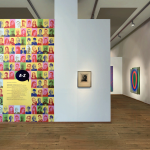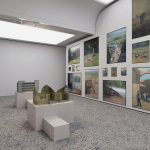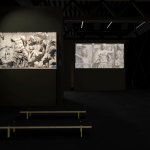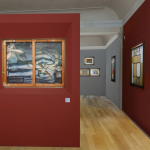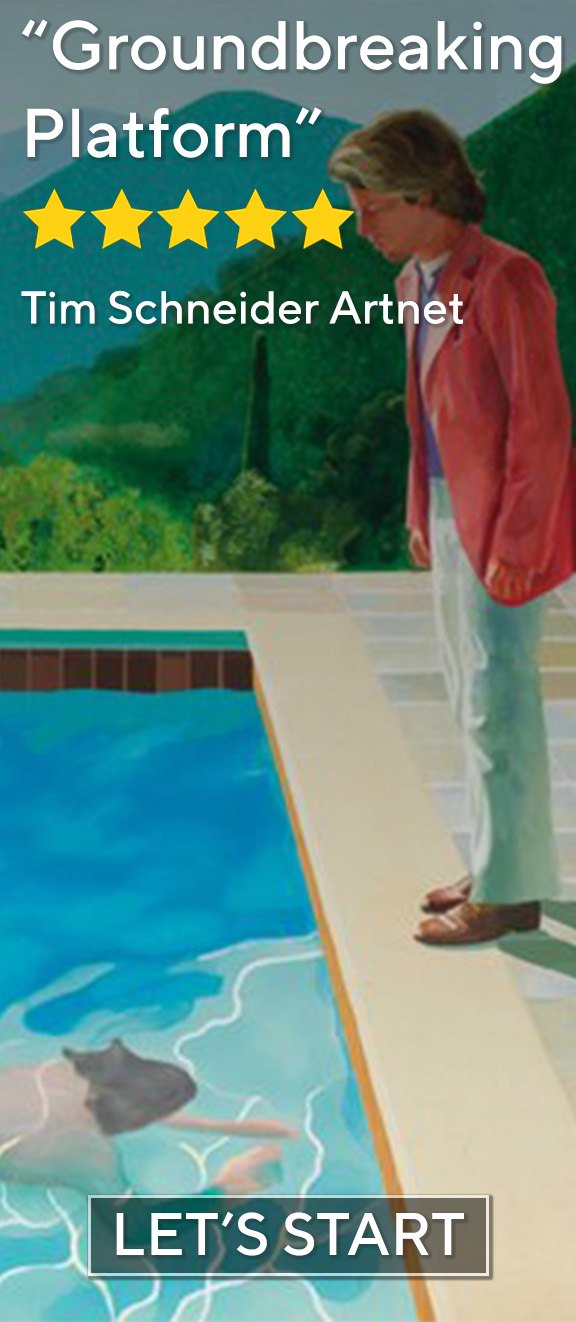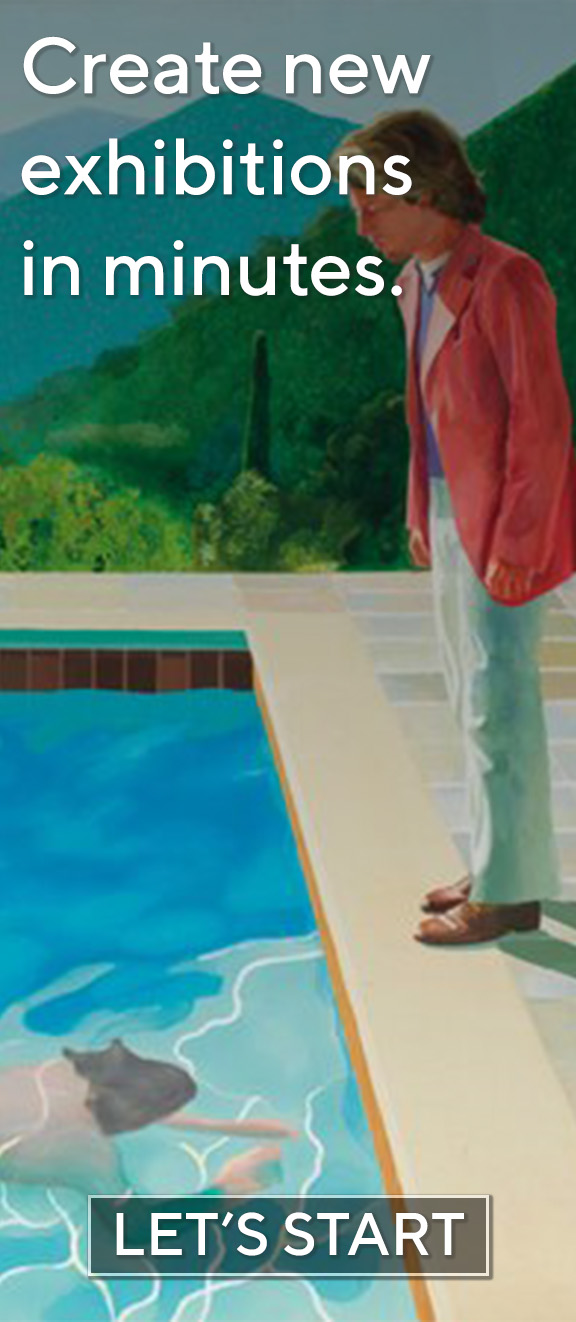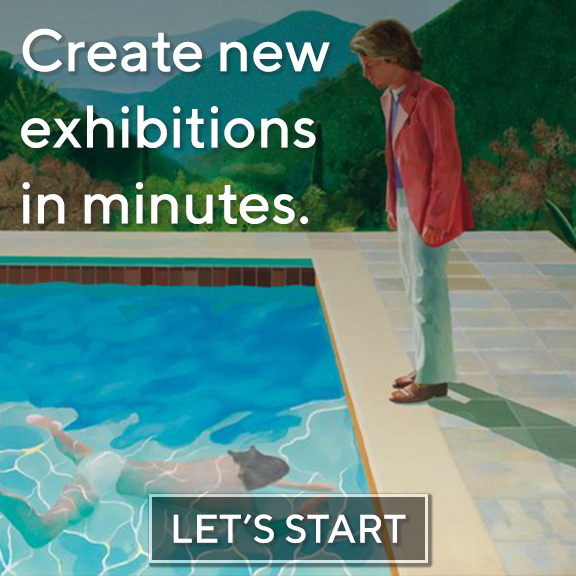“Mondrian Evolution” was on view from 5 June to 9 October 2022 at the Fondation Beyeler, Riehen.
Walking through “Mondrian Evolution” at the Fondation Beyeler feels like witnessing a slow but inevitable ascent—from the grounded tranquility of Dutch landscapes to the soaring clarity of pure abstraction. This focused exhibition charts Piet Mondrian’s artistic journey from his early naturalistic works rooted in the Hague School tradition to the radical geometries that defined De Stijl. Curated with precision and anchored in historical context, the show does more than retrace steps; it reveals how structure, balance, and spiritual inquiry guided every phase of Mondrian’s development. The museum’s Renzo Piano-designed galleries—spacious, serene, and bathed in natural light—mirror the clarity of Mondrian’s vision, allowing each work to breathe while maintaining a sense of narrative cohesion. Divided into thematic sections that move chronologically, the exhibition presents a compelling case for Mondrian not just as an innovator of form, but as a seeker of universal harmony.

The curators have structured the show to emphasize continuity rather than rupture in Mondrian’s evolution. In the opening room, early landscapes such as “Farmstead and Ditch” (1897) and “Barn at Nistelrode” (1904) anchor the viewer in the muted greens, browns, and grays of late 19th-century Dutch realism. These works, rendered in visible impressionistic strokes, reflect the influence of the Hague School’s contemplative mood and objective realism. Yet even here, Mondrian subtly disrupts tradition: compositions are tighter, forms more centralized, and brushwork more deliberate—an indication that he was already thinking beyond representation toward structural clarity. The exhibition’s first section sets up a quiet tension between nature and form, a tension that would define his later abstractions.

As visitors progress into the Cubist phase of Mondrian’s career, the curatorial approach becomes more analytical, emphasizing the artist’s engagement with spatial illusion, compositional structure, and the dissolution of foreground-background hierarchies. Works like “Composition No. IV” (1914) reveal Mondrian’s debt to Parisian avant-gardes, particularly Picasso and Braque, while asserting his own distinct vocabulary. Here, intersecting black lines segment the canvas into irregular planes filled with pale pinks, greys, and beiges. The palette is subdued, the brushwork textured—a lingering trace of his earlier years—but the logic of line and grid begins to dominate. This room underscores Mondrian’s search for “universal beauty,” a concept he articulated in writings and interviews, wherein pictorial harmony could mirror cosmic order. The curators support this idea with well-placed quotes and contextual materials, offering insight without overwhelming the visual experience.
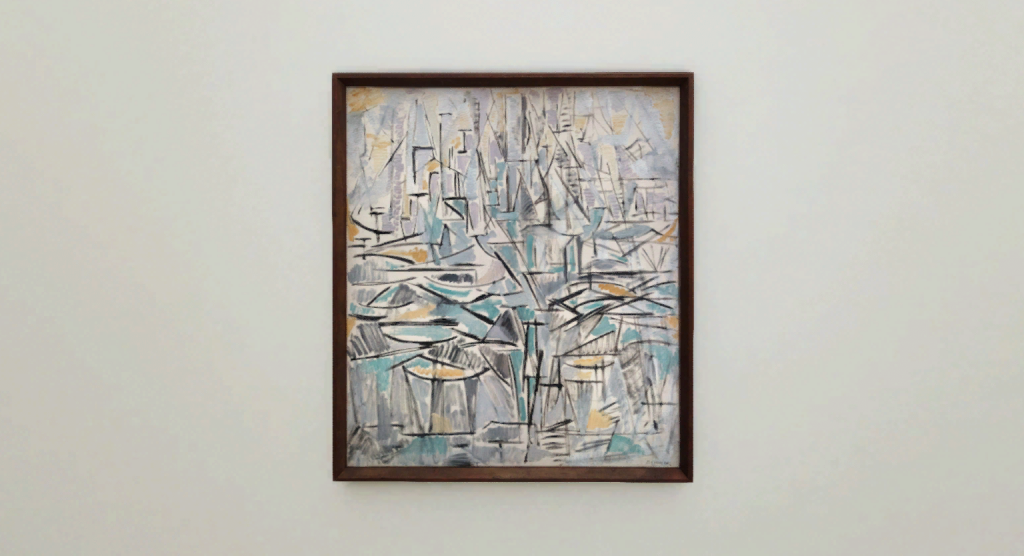
Perhaps most striking is how the exhibition maintains a sense of progression even when highlighting individual works. “Composition No. XVI” (1912) , for instance, exemplifies Mondrian’s deepening exploration of spatial dynamics. Its fragmented arrangement of geometric shapes and intersecting black lines, set against a background of muted blues and greys, conveys both architectural depth and rhythmic movement. Created during his time in Paris, this piece bridges the representational and the abstract, retaining echoes of landscape motifs while embracing pure formal experimentation. The curators position it as a turning point—a moment where Mondrian no longer sought to depict reality, but to manifest its underlying essence.
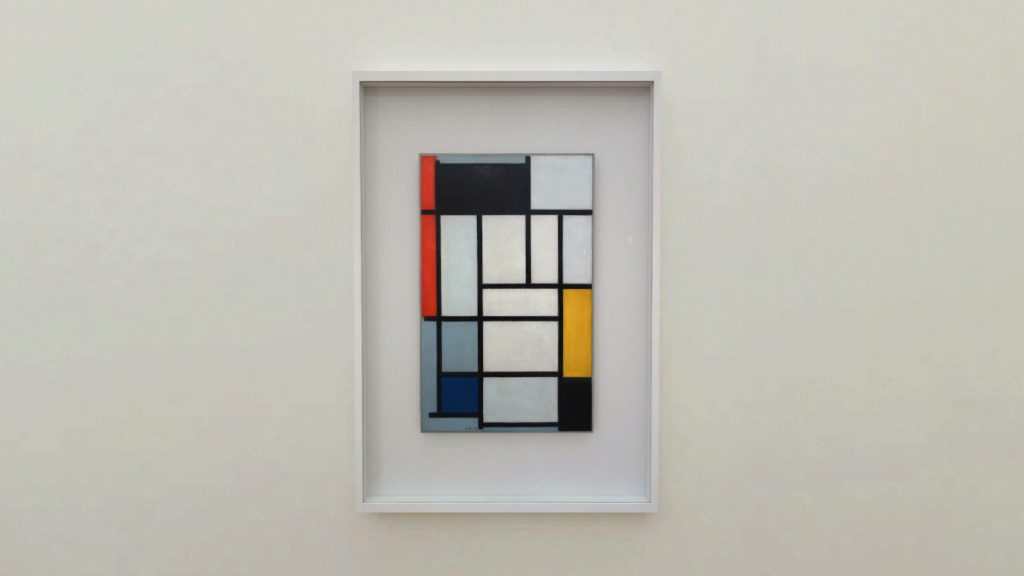
In the final gallery, dominated by works like “Composition No. VIII” (1913) and preparatory sketches for “Composition with Red, Black, Yellow, Blue, and Gray” (1921) , the full realization of Mondrian’s vision emerges. The once-muted palettes give way to primary colors and stark white fields, bounded by thick black lines. The transition is not abrupt but earned, built upon decades of experimentation and refinement. The curators avoid overstatement, letting the works speak for themselves while subtly reinforcing their historical significance. It becomes clear that Mondrian’s pursuit was not merely aesthetic—it was metaphysical, a lifelong effort to make the invisible visible.
Mondrian’s evolution feels like a slow but inevitable ascent—from the grounded tranquility of Dutch landscapes to the soaring clarity of pure abstraction.
“Mondrian Evolution” succeeds not only as a retrospective survey but as a meditation on artistic transformation. By positioning Mondrian within the broader currents of European modernism—realism, Symbolism, Cubism—it resists the myth of sudden genius and instead presents a patient, deliberate evolution. The exhibition also highlights Mondrian’s relevance today, particularly in how his search for clarity and balance resonates amid contemporary chaos. As viewers leave the museum, they carry with them not just an appreciation of Mondrian’s formal mastery, but a renewed belief in art’s capacity to distill meaning from the world.
This is a rare kind of exhibition—one that educates without didacticism, challenges without obfuscation, and above all, honors the artist’s enduring vision. In the hands of the Fondation Beyeler, Mondrian’s evolution becomes our own.


